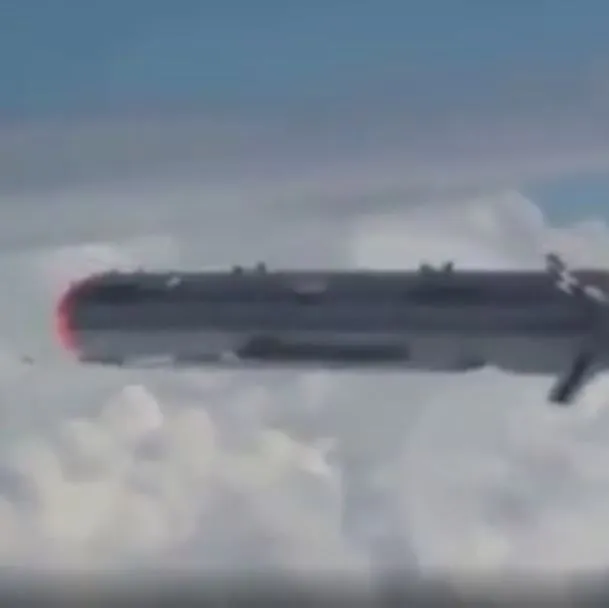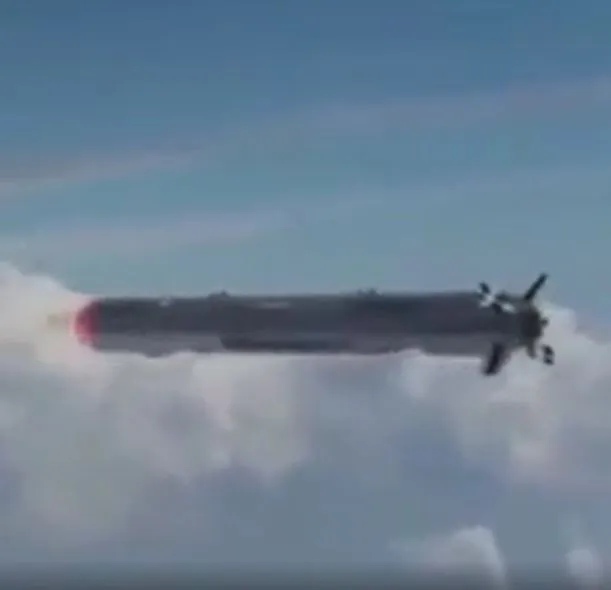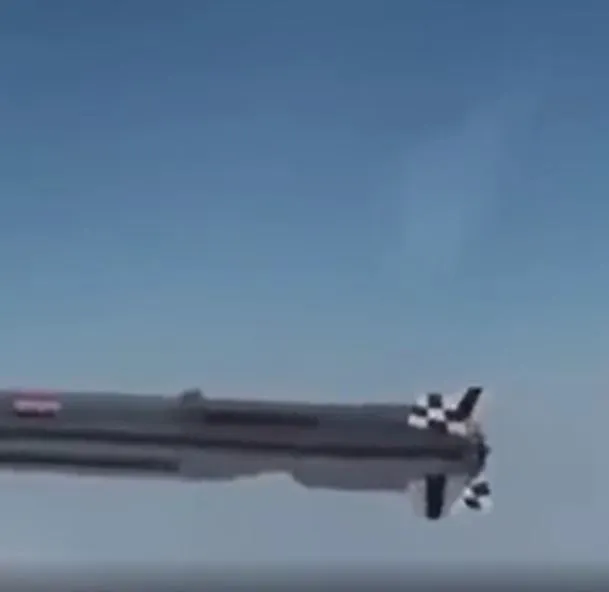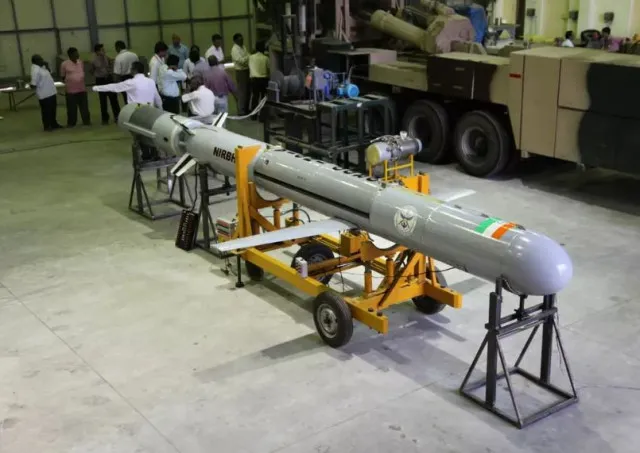On social media, a video showed a person flying next to a cruise missile has everyone asking the same question.
A viral video of a cruise missile flying next to an aircraft has left viewers puzzled. The video shows the missile seemingly stationary in the sky as it flies at high speeds. Many viewers were left asking the same question: how do cruise missiles work?

Most people, unless connected to the military or interested in modern weapons, might not fully understand cruise missiles. While the internet has provided more insight into weaponry, some aspects remain unclear to civilians.
In the video, the cruise missile appears stationary relative to the aircraft filming it. This creates confusion because the missile seems to be flying at the same speed, almost as if it were suspended in the sky.
How does a cruise missile stay in the air?

One Reddit user asked, “How does this extra fancy tube stay in the air without wings?” This is a valid question. Though the missile has propulsion from the rear, the question remains: what keeps it airborne?
Before diving into the answer, let’s first define what a cruise missile is.
What is a cruise Missile?
A cruise missile is essentially a small, pilotless aircraft. According to *HowStuffWorks*, these missiles typically have an 8.5-foot wingspan and are powered by turbofan engines. Depending on the model, cruise missiles can travel between 500 to 1,000 miles.

Their purpose is to deliver a high-explosive bomb to a precise target. Once the bomb explodes, the missile is destroyed.
The science behinnd Cruise Missile Lift
Cruise missiles are designed to fly using large wings that provide the necessary lift. The propulsion system, located at the rear, gives the missile forward speed, allowing it to glide towards its target.
In the video, the wings of the missile are partially visible, and the design suggests it is likely an Indian Nirbhay cruise missile.

Why are Cruise Missiles so effective
Cruise missiles are particularly useful in warfare for several reasons. First, they can fly at low altitudes, making them difficult to detect by radar. Secondly, their high level of accuracy is achieved through a combination of GPS, inertial guidance, and terrain contour matching (TERCOM).

This advanced technology allows cruise missiles to strike targets with pinpoint precision. Their ability to avoid radar detection and deliver destructive payloads makes them a formidable weapon in modern military strategy.
The video may have sparked confusion, but understanding the mechanics of cruise missiles clears up the mystery. These missiles combine advanced technology with aerodynamic principles to deliver powerful strikes with high accuracy.